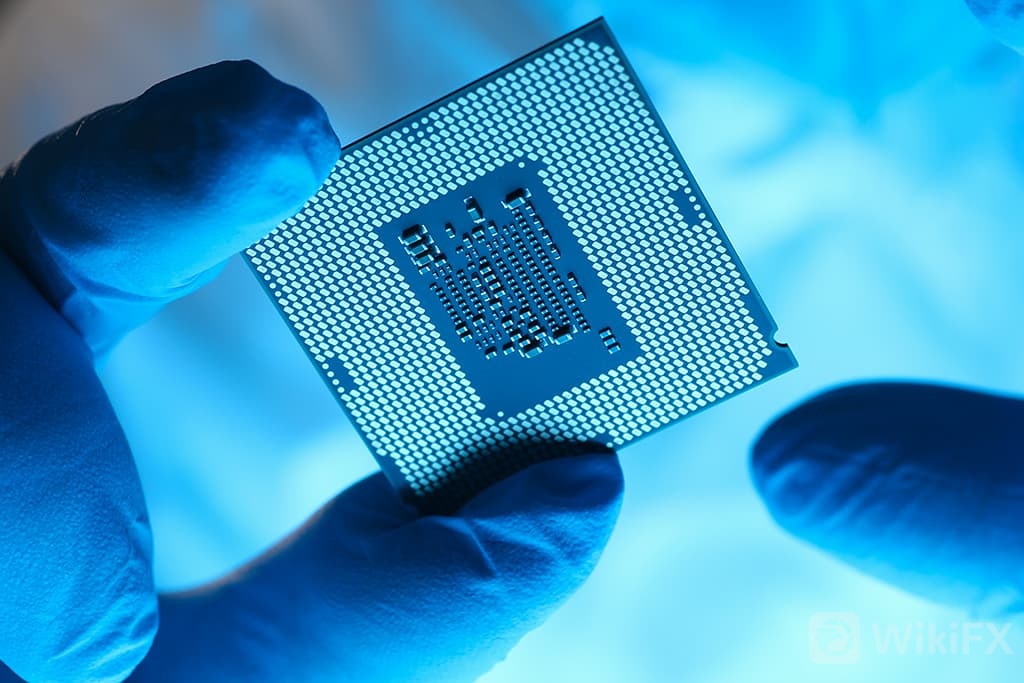
The global chip shortage is set to drag on till 2022 — but the situation could improve from mid-year onwards as more supplies become available, a top semiconductor analyst at JPMorgan told CNBC.
The U.S. investment bank is recommending investors pursue longer-term trends in the semiconductor space — in areas like high-end computing globally as well as less-advanced technologies in China.
An ongoing supply crunch for chips has hurt production across a number of industries, ranging from cars to consumer appliances, personal computers and smartphones.
Some analysts and investors expect the shortage to last through to 2023, but JPMorgan is less bearish.
“We are not expecting 2023 to be in supply shortage — so, that is probably the first thing that we can say,” Gokul Hariharan, co-head of Asia-Pacific technology, media and telecom research at JPMorgan, told CNBC on Wednesday.
But 2022 “is a little bit more tricky,” he said. Things could improve in the second half of the year as more supplies come online, but the first six months could still see pockets of shortage across the industry, Hariharan explained.
“There is capacity coming online, not just from the foundry companies, but also from the [integrated device manufacturer] companies. All the U.S. and European IDMs are also expanding their capacity — a lot of it is slated to come online from the middle of next year onwards,” he added.
Foundries are companies that are contracted by semiconductor firms to build chips. IDMs, on the other hand, are companies that design, manufacture and sell those chips.
Two bright spots
JPMorgan is recommending that investors start pursuing longer-term trends in the semiconductor space that are more structural than cyclical, Hariharan told CNBC.
Structural trends tend to be longer-term, permanent changes in an industry whereas cyclical trends are influenced by the business cycle and typically return to the initial starting point after a few years.
There are two trends that the investment bank is “really positive on over the next three to five years,” he said.
The first is the very high-end compute segments, according to Hariharan. There's ongoing disruption in high-end computing globally, which used to be very monolithic but is now being fragmented as more companies enter the space.
For example, tech giants like Apple, Amazon, Meta (formerly Facebook), Tesla and Baidu are all shunning established chipmakers and bringing certain aspects of chip development in-house.
“There is a lot of fragmentation of that space happening — and that is definitely leading to faster growth,” Hariharan said. “So that is a space, I think, we are expecting it to grow maybe double digit — 15% to 20% — over the next three to five years.”
The second trend JPMorgan is positive on is Chinese semiconductor companies that focus on legacy, long-tail technologies. These companies manufacture a variety of less advanced chips in areas like power management, microcontrollers, sensors and other consumer-related segments.
“We are seeing that more and more companies are coming up in China aiming to target some of these longtail technologies,” Hariharan said.
“The local demand is clearly there. Most of these companies only have maybe 5% to 10% of the local demand served at this point in time. So the potential addressable market is maybe 5 to 10 [times] of what they're currently serving,” he added.
For more Forex news, please download WikiFX- the Global Forex Regulatory Inquiry APP.
Leave a Reply